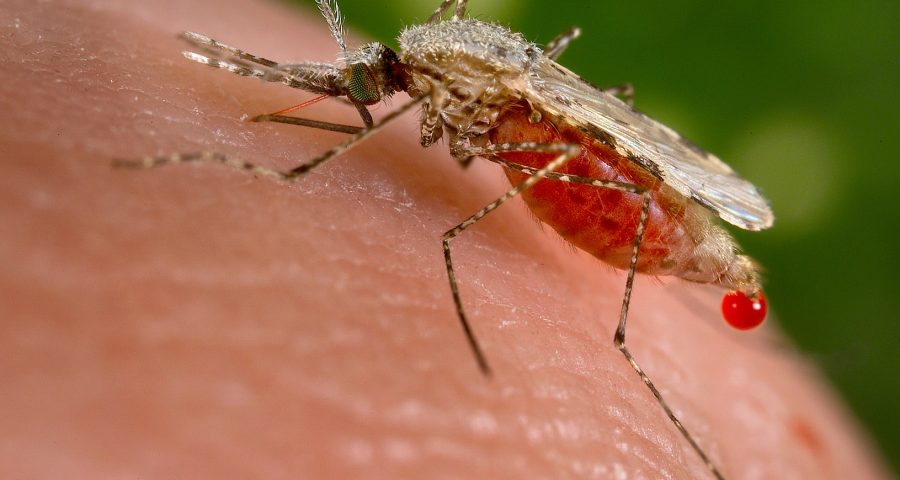Bugged by pesky mosquitoes? Try adjusting your ALTITUDE!
This is Sandra Tsing Loh with the Loh Down on Science.
Malaria is a deadly disease spread by mosquitoes. And almost eighty percent of malaria mosquito bites occur indoors. BUT, these mosquitoes fly close to the ground. Could raising the height of a house make a difference?
Majo Carrasco-Tenezaca and colleagues from Durham University wondered.
The researchers built huts with adjustable heights of up to ten feet high in rural West Africa. In each hut, two men would sleep under mosquito nets each night. Light traps were used to collect mosquitoes that entered the hut while the men snoozed.
And? Raised huts made a difference! At ten feet, the number of malaria mosquitoes dropped by over eighty percent compared to the ground-level hut!
Also, people breathe out carbon dioxide, which attracts mosquitoes. Raising the huts to breezier heights resulted in a decrease in carbon dioxide — approximately forty percent!!
So next time you’re in mosquito country – book the penthouse! Or at least grab the top bunk!
Reference: Carrasco-Tenezaca, M., Jawara, M., Abdi, M. Y., Bradley, J., Brittain, O. S., Ceesay, S., D’Alessandro, U., Jeffries, D., Pinder, M., Wood, H., Knudsen, J. B., & Lindsay, S. W. (2021). The relationship between house height and mosquito house entry: an experimental study in rural Gambia. Journal of the Royal Society Interface, 18(178), 20210256. https://doi.org/10.1098/rsif.2021.0256

